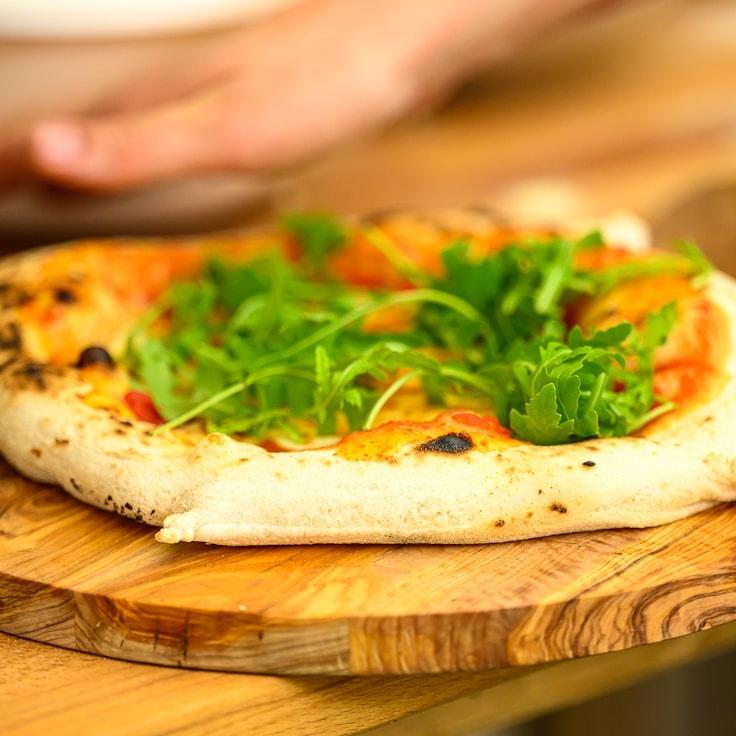At SoftHarbor, our stance is that legendary pizza is born from outstanding dough. Our proprietary recipe has been refined for more than 30 years, and we're eager to divulge some key insights. Although we cannot share our specific recipe (certain customs should be kept hidden!), we can provide you with guidelines to craft high-quality pizza dough in your own kitchen.
Choosing the Right Flour
The cornerstone of superb pizza dough is premium-quality flour. Opt for 00 flour, a finely milled Italian variety with a moderate protein percentage (about 12%), crafting a harmonious blend of resilience and delicacy. Should 00 flour be unavailable, bread flour can be used as an alternative, yet the final texture may vary a bit.
Water's Temperature and Dough Hydration
The water's temperature is crucial as it influences the duration of fermentation and dough maturation. Utilize frigid water at approximately 45°F (7°C) for extended fermentation to enrich the flavor. For hastening fermentation, tepid water around 85°F (29°C) is preferred. Strive for a hydration range of 60-70% suited to most domestic ovens.
Less Yeast for Enhanced Taste
A vital trick for tastier dough is to use a smaller amount of yeast and prolong the fermentation interval. We employ a mere 0.2% of fresh yeast compared to our flour mass, allowing the dough to ferment from 24 to 48 hours. This lengthened period fosters the development of intricate flavors and results in a more digestible dough.
The Role of Salt
Salt transcends beyond just flavoring your dough—it amplifies the gluten network and moderates fermentation. We suggest fine sea salt at a proportion of 2.5-3% relative to the flour mass. Integrate it once the flour and water begin to amalgamate to avoid direct contact with the yeast.
Fermentation Mastery
Following blending, let your dough undergo initial fermentation at ambient temperature for a couple of hours, then partition it into separate balls. House these in sealed vessels and chill them for 24-72 hours. It's during this refrigeration that enzymatic action converts starches to sugars, thus adding flavor and giving our crusts their characteristic golden hue.
Gentle Dough Handling
When you are set to bake, bring your dough out of the refrigerator 1-2 hours before to reach room temperature. Touch the dough lightly to keep the air pockets intact. Press and stretch it using your fingers rather than flattening it with a rolling pin, which would deflate those vital bubbles.
Intense Heat as the Finishing Stroke
Albeit our specialized ovens can surge to 850°F (454°C), standard household ovens usually peak at around 550°F (288°C). To counterbalance, positioning a preheat pizza stone or steel for no less than sixty minutes will supply the essential vehement heat to yield a crisp crust with a fluffy interior.
Perfecting pizza dough is a continuous adventure, each preparation offering new insights. Document your observations, tinker with the variables, and pinpoint what's optimal for your exclusive cooking space.
Should you wish to witness our dough crafting firsthand, participate in one of the pizza seminars we host each month, where Chef Luca will exhibit these methods in great detail. Peek at our calendar of events for imminent sessions!

